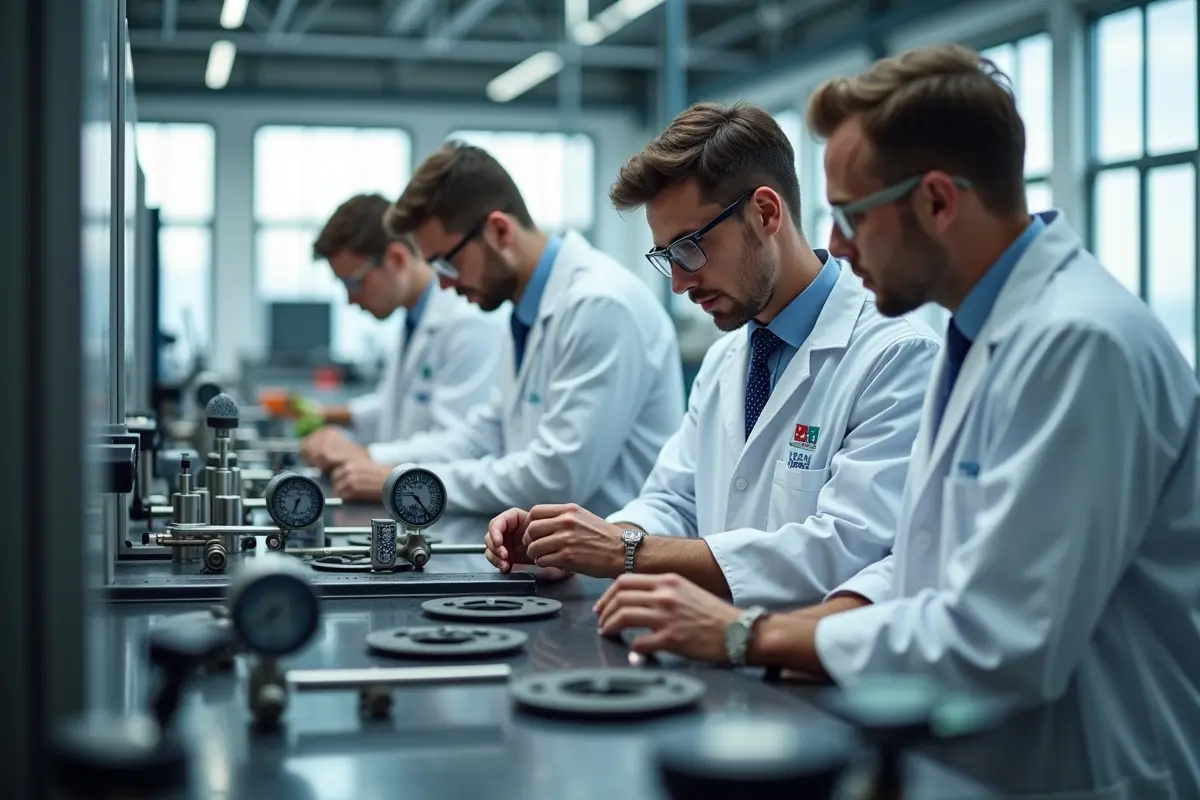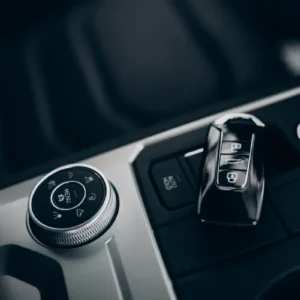If you rely on precision equipment, calibration is absolutely essential. Whether you’re working in a lab, a manufacturing plant, or a testing facility, small calibration errors can lead to big problems. Let’s break down some of the most common calibration issues and what the pros do to fix them. You’ll get a clear idea of why staying on top of calibration isn’t just smart—it’s non-negotiable.
Contents
- 1 Misaligned Equipment – A Subtle Yet Serious Problem
- 2 Environmental Factors – More Influential Than You Think
- 3 Incorrect Calibration Intervals – Timing is Everything
- 4 User Error – The Overlooked Factor
- 5 Outdated or Worn-Out Equipment – Know When to Upgrade
- 6 The Importance of Professional Calibration Services
- 7 Making Calibration Part of Your Routine
- 8 Precision Matters, Always
Misaligned Equipment – A Subtle Yet Serious Problem
Ever notice your results seem a little off, even though your process hasn’t changed? Misaligned equipment could be the culprit. This happens when an instrument drifts out of its specified parameters over time. Even high-end machines aren’t immune; they naturally wear down, especially if used heavily. Calibration professionals tackle this issue by thoroughly inspecting the instrument, comparing it against traceable standards, and fine-tuning it back to spec.
If you’re dealing with tools like pipettes, balances, or thermal chambers, regular checks are essential. This is where services like electronic laboratory equipment calibration services come into play, ensuring every measurement you take is spot on. Don’t underestimate this—you’d be surprised how much efficiency and accuracy you regain by addressing this seemingly small issue.
Environmental Factors – More Influential Than You Think
Did you know that changes in temperature, humidity, or even vibrations can throw off your equipment’s accuracy? Instruments are often designed for specific environmental conditions, and when those are disrupted, so are your results. For instance, a balance designed to measure micrograms will struggle to deliver precision if placed in a drafty or vibrating environment.
Experts often start by assessing your workspace conditions. They might recommend relocating equipment to a more stable environment, using vibration dampeners, or maintaining strict climate control. Once the environment is optimized, calibration is carried out to align the instrument with its ideal settings. Sometimes, it’s a matter of small tweaks—but those tweaks make a massive difference.
Incorrect Calibration Intervals – Timing is Everything
How often should your equipment be calibrated? It’s a question that’s more complicated than it seems. Some people assume annual calibration is enough, but this can vary based on how often the equipment is used and the level of precision required. Overuse can lead to quicker wear and tear, meaning you might need more frequent adjustments.
Professionals address this by creating tailored calibration schedules. They analyze the type of equipment, how it’s used, and its criticality to your operations. Sticking to these schedules ensures you catch any drift before it becomes a problem. If you’re unsure about your calibration interval, it’s always better to err on the side of caution and consult an expert.
User Error – The Overlooked Factor
We all make mistakes, and user error is a surprisingly common issue in calibration. Misusing equipment, skipping warm-up periods, or failing to follow manufacturer guidelines can all lead to inaccurate results. For example, not zeroing out a balance properly can throw off every measurement you take.
To fix this, experts often focus on training. A well-trained team is far less likely to misuse equipment or overlook calibration requirements. Some professionals even provide step-by-step guidance tailored to your team’s needs, ensuring everyone is on the same page. Sometimes, the simplest solutions—like clear operating instructions—can prevent significant problems.
Outdated or Worn-Out Equipment – Know When to Upgrade
No matter how well-maintained your equipment is, it won’t last forever. Over time, components degrade, affecting the instrument’s ability to hold a calibration. If you’ve noticed frequent calibration adjustments or recurring issues, it might be time to replace your gear.
Calibration experts are great at identifying when repairs are no longer cost-effective. They’ll guide you on whether it’s worth refurbishing or if upgrading to a newer model is the smarter choice. Modern instruments often come with advanced self-calibration features, saving you time and reducing the margin for error.
The Importance of Professional Calibration Services
You might be wondering, “Can’t I just handle this myself?” While some basic checks can be done in-house, full calibration requires specialized tools, expertise, and traceable standards. Professionals don’t just fix what’s wrong—they document the entire process, giving you a clear record of compliance and performance. This is particularly important for industries with strict regulatory requirements.
Relying on professional calibration services means you’re not leaving anything to chance. You’ll have peace of mind knowing your equipment is accurate, reliable, and ready to perform when it matters most.
Making Calibration Part of Your Routine
At this point, you’re probably seeing just how crucial calibration is to your operation. But it’s not something to address once and forget about. Instead, it should be a regular part of your maintenance routine. Build calibration checks into your schedule, train your team on proper equipment use, and work with experts to ensure every detail is handled correctly. It’s not just about avoiding problems—it’s about setting yourself up for consistent success.
Precision Matters, Always
Taking care of your equipment isn’t just about ticking boxes; it’s about ensuring accuracy, reliability, and efficiency. Calibration might seem like a small detail, but in the world of precision equipment, small details make all the difference. Don’t leave it to chance—trust the experts, stick to a solid schedule, and prioritize the conditions your instruments need to thrive. The results will speak for themselves.





